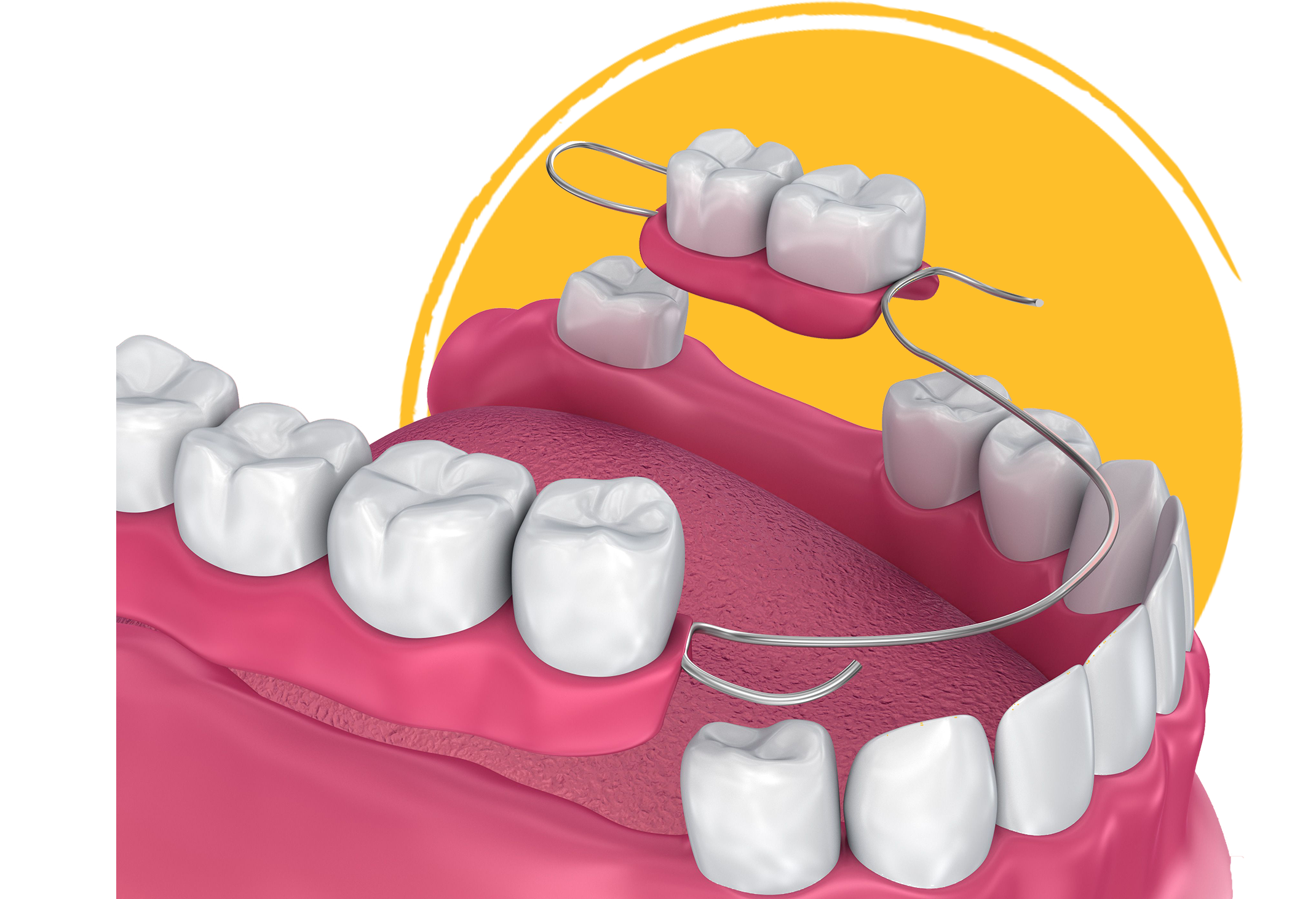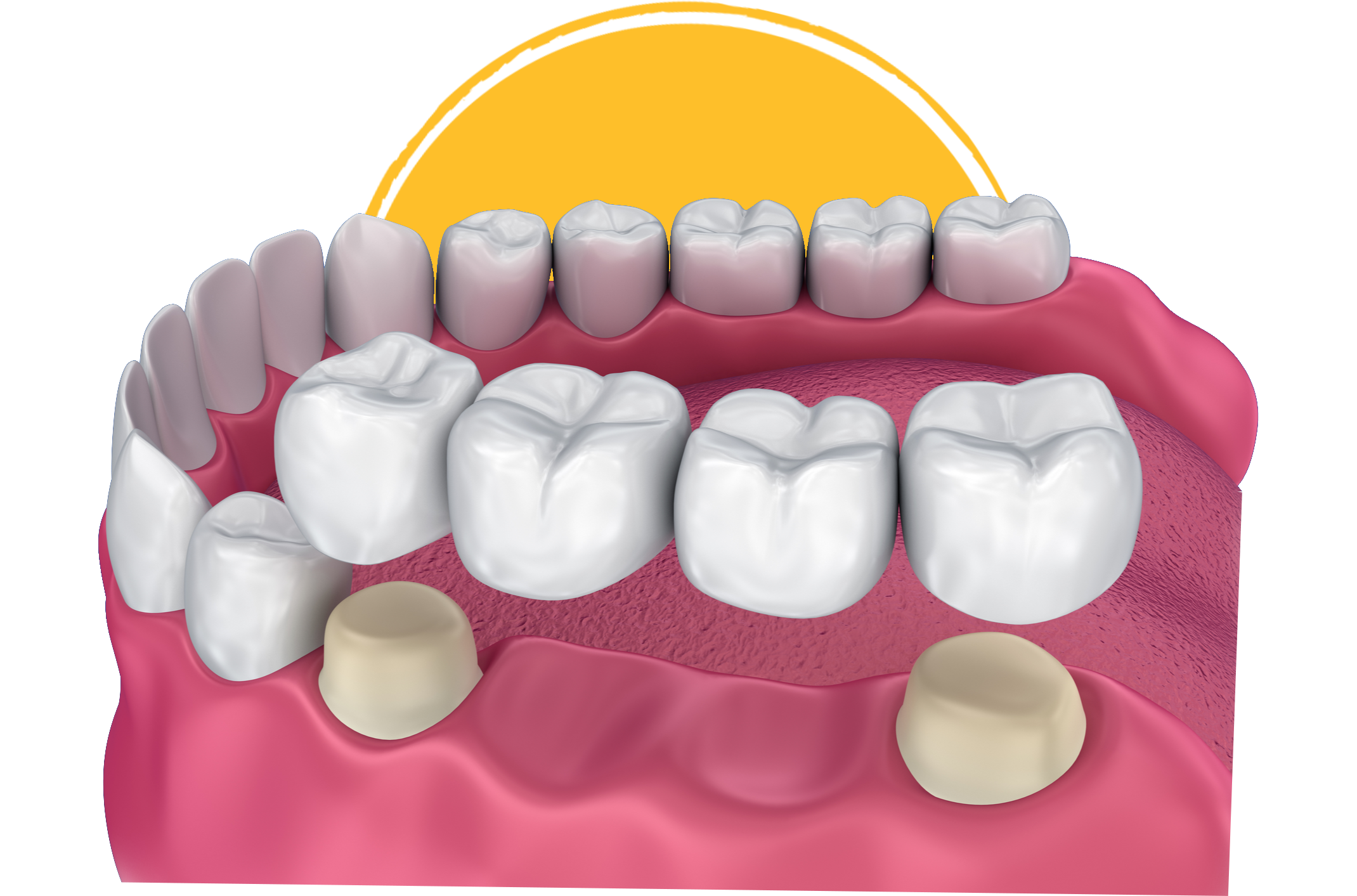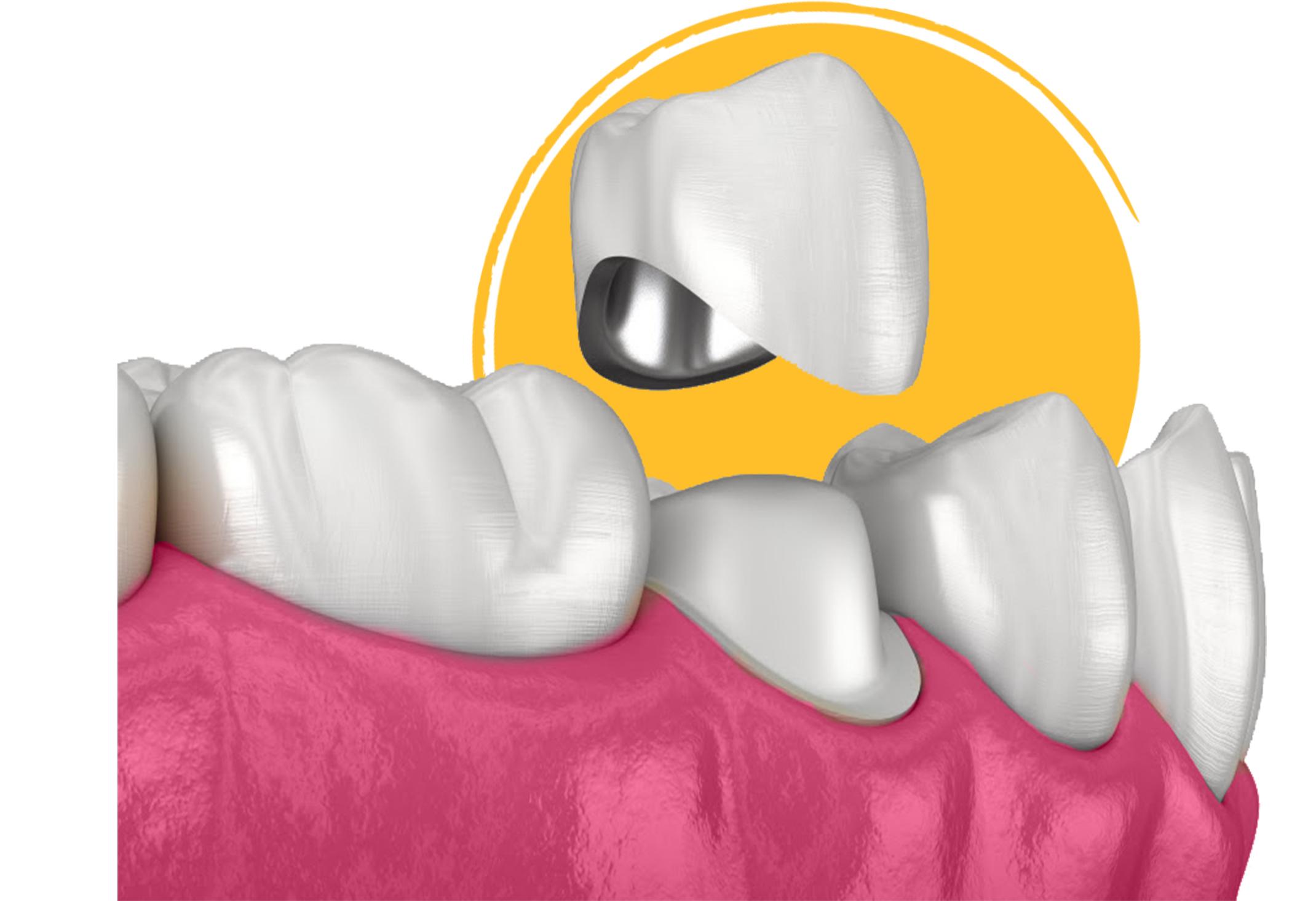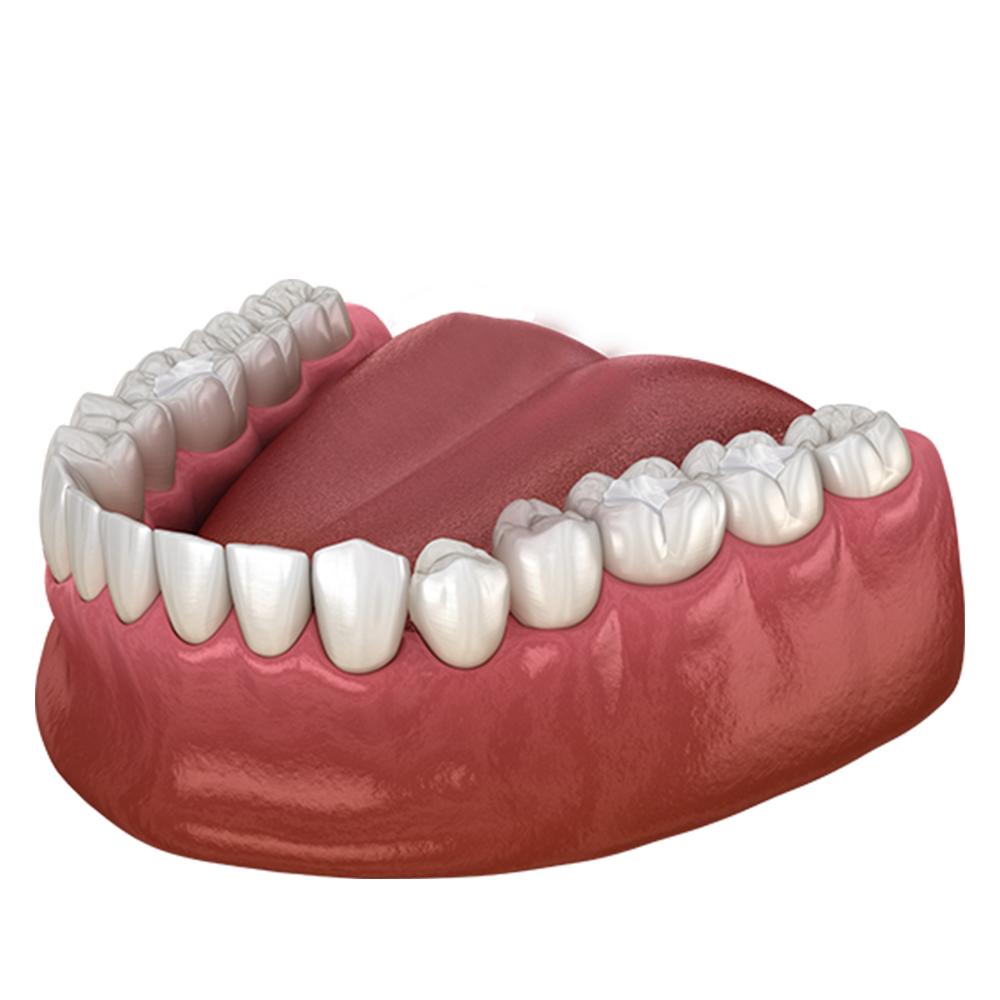Fixed and mobile prosthetics

Mobile prostheses
Mobile prosthetic aids are a solution whenever there is no possibility of a fixed prosthetic solution or when there are no conditions for placing implants.
- Total prostheses are indicated when there are no remaining teeth in the patient’s mouth and when there are no conditions for placing implants and represent an excellent solution for total toothlessness.
- Partial dentures are a solution when there are still remaining teeth in the mouth but there are no conditions for a bridge construction or placement of implants. They can be classic where the hooks are wire or visible dentures when the entire prosthesis together with the retention elements (hooks) are cast from metal. Vizil prostheses are more graceful and more comfortable for the patient to wear.
- There are also so-called combined prosthetic solutions when the fixed bridge of part of the teeth is combined together with a mobile prosthetic aid-prosthesis that are interconnected with retention elements called atechmen. They provide excellent comfort, aesthetic compatibility and are easily acceptable to patients.

Bridges
Bridges are indicated when one or more teeth are missing in the patient’s mouth, to compensate for them when there are conditions for it. To prevent the mobility of the surrounding teeth because they tend to fill the empty space or for aesthetic reasons. The purpose of bridge constructions is for them to supplement the defect in the dentition, to restore function, speech and aesthetics, as well as to enable the correct transmission of masticatory pressure.
Bridges can be made of metal ceramics or metal-free ceramics.

Crowns
Crowns are indicated for fractured teeth, teeth with large composite fillings that are often treated, or teeth with a changed color and shape. The purpose of individual crowns is to build up and protect the tooth and keep it in the mouth as long as possible, to return it to function and aesthetically pleasing in relation to the remaining teeth.
They can be made of metal ceramics or metal-free ceramics

